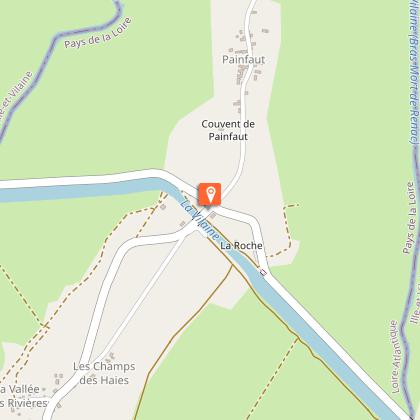Tours
Activities
Places of interest
Where to eat
Where to sleep
Experience Nature at Camping Les Sables Rouges in L'hermitage
Are you the owner?Welcome to Camping Les Sables Rouges, nestled in the charming Breton village of L'hermitage, in Ille-et-Vilaine. Located at the heart of Brittany, our campsite is the perfect starting point to explore this multifaceted region. Begin your adventure by hiking the trails that weave through lush forests and rolling landscapes. Take a leisurely stroll around the Chevré Pond, a peaceful spot for fishing...See more
Walking around CAMPING LES SABLES ROUGES
See more suggestionsEnjoy outdoor walks in CAMPING LES SABLES ROUGES.
See more suggestionsWhat to do in CAMPING LES SABLES ROUGES
See more suggestionsFind bookable activities in CAMPING LES SABLES ROUGES for an unforgettable experience.
See more suggestionsWhat to visit in CAMPING LES SABLES ROUGES
See more suggestionsDiscover the local markets of CAMPING LES SABLES ROUGES.
See more suggestionsWhere to eat in CAMPING LES SABLES ROUGES
See more suggestionsRestaurants in CAMPING LES SABLES ROUGES will captivate you.
See more suggestionsWhere to sleep in CAMPING LES SABLES ROUGES
See more suggestionsExplore lodging possibilities in CAMPING LES SABLES ROUGES.
See more suggestions














































